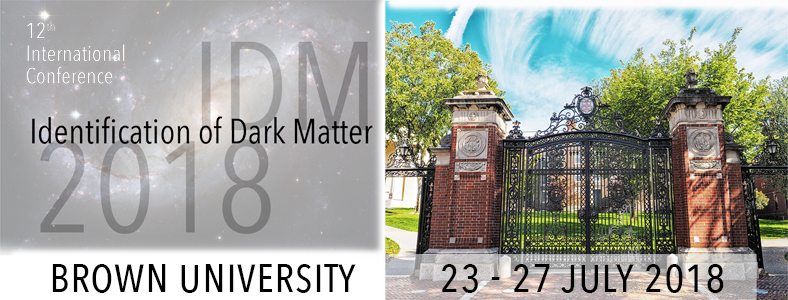Speaker
Description
The purpose of line-intensity mapping (IM), an emerging tool for extragalactic astronomy and cosmology, is to measure the integrated emission along the line of sight from spectral lines emitted from galaxies and the intergalactic medium. The observed frequency of the line then provides a distance determination allowing the three-dimensional distribution of the emitters to be mapped. A considerable intensity-mapping effort with neutral hydrogen’s 21-cm line is already underway, and efforts are now afoot to develop analogous capabilities with CO and CII molecular lines, hydrogen’s Lyman-alpha line (e.g., with SphereX, recently selected for a NASA Phase A MidEx study), and others. In this paper we discuss the possibility to use these measurements to seek radiative decays from dark-matter particles. The photons from monoenergetic decays will be correlated with the mass distribution, which can be determined from galaxy surveys, weak-lensing surveys, or the IM mapping experiments themselves. We discuss how to seek this cross-correlation and then estimate the sensitivity of various IM experiments in the dark-matter mass-lifetime parameter space.
